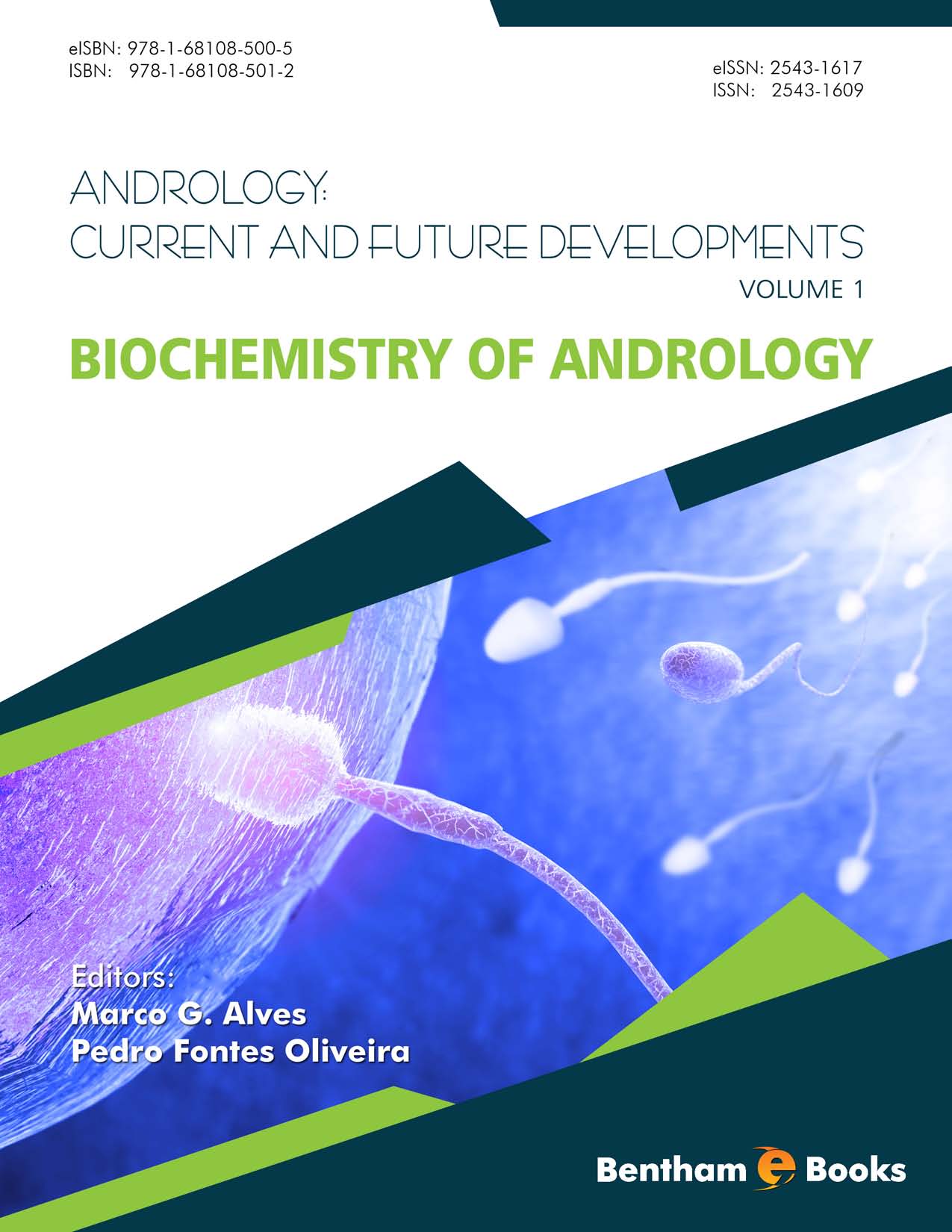Formation and Biochemistry of Seminal Plasma and Male Accessory Fluids

- By Raquel L. Bernardino1
-
View Affiliations Hide Affiliations1 Department of Microscopy, Laboratory of Cell Biology, Institute of Biomedical Sciences Abel Salazar and Unit for Multidisciplinary Research in Biomedicine, University of Porto, Rua de Jorge Viterbo Ferreira, 4050-313, Porto, Portugal
- Source: Biochemistry of Andrology , pp 207-229
- Publication Date: July 2017
- Language: English
Formation and Biochemistry of Seminal Plasma and Male Accessory Fluids, Page 1 of 1
< Previous page | Next page > /docserver/preview/fulltext/9781681085005/chapter-8-1.gif
An appropriate microenvironment in each segment of the male reproductive tract is crucial for the successful maturation and motility of sperm and thereby for male fertility. Spermatozoa are produced in the testes and transported to the epididymis along with the seminiferous tubular fluid. The epididymis contains an epididymal milieu that maintains the optimal conditions necessary for sperm maturation and storage. The composition of the luminal fluid is gradually changed along the epididymal duct due to absorption and secretion processes. The main changes in epididymal fluid and other fluids produced by accessory glands will be reflected in the ionic content, osmolality, pH and spermatocrit. Sperm motility is a good predictor of human male fertility that is controlled by some parameters such as bicarbonate and calcium concentrations, which constantly fluctuate throughout the reproductive ducts. The spermatozoa leaving the epididymis along with the epididymal fluid will join the secretions from the prostate and seminal vesicles, thus forming the seminal plasma. More attention should be paid to male reproductive tract fluids, namely its ionic composition and pH in order to unravel the causes of idiopathic infertility, which represents an elevated percentage of infertile men.
-
From This Site
/content/books/9781681085005.chapter-8dcterms_subject,pub_keyword-contentType:Journal -contentType:Figure -contentType:Table -contentType:SupplementaryData105

